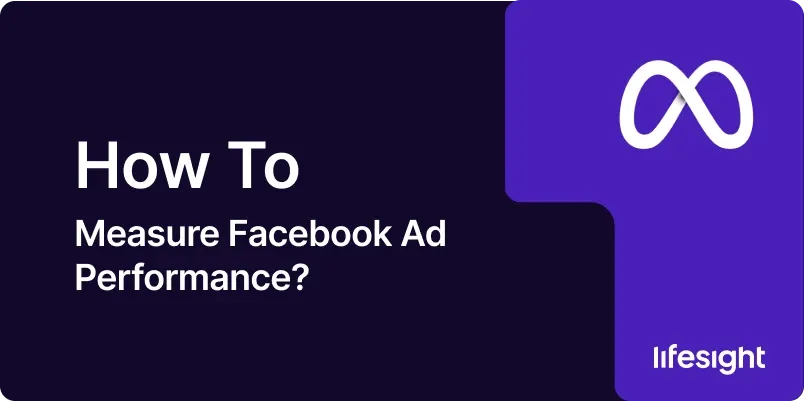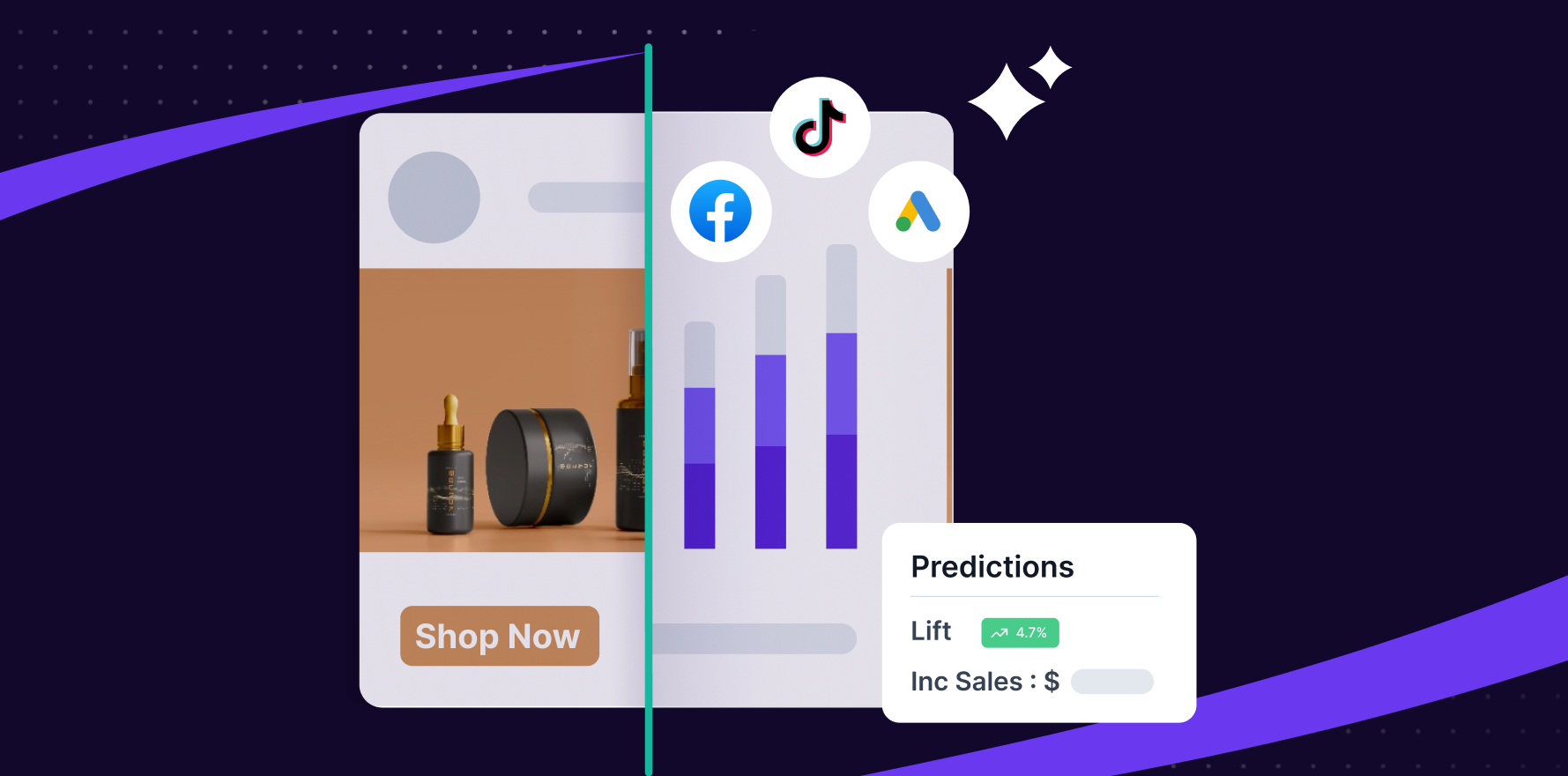
Introduction
Measuring the performance of your Facebook Ads is crucial for understanding the impact of your advertising efforts and optimizing for better results. Whether you’re focused on increasing brand awareness, driving conversions, or boosting engagement, a thorough analysis of key metrics is essential. In this guide, we’ll walk through a step-by-step process to help you measure Facebook Ad performance effectively.
Step 1: Set Clear Objectives
Before delving into metrics, establish clear objectives for your Facebook Ads. Whether it’s increasing website traffic, generating leads, or driving sales, having well-defined goals will guide your measurement strategy.
Step 2: Access Facebook Ads Manager
Log in to your Facebook Ads Manager account. This is your central hub for creating, managing, and analyzing your ad campaigns.
Step 3: Navigate to Ad Campaigns
Click on the “Ad Campaigns” tab to view a list of your active and past campaigns. This section provides an overview of your overall campaign performance.
Step 4: Review Key Metrics at the Campaign Level
Assess key campaign-level metrics such as reach, impressions, clicks, and spending. Understand the overall performance of each campaign in relation to your objectives.
Step 5: Drill Down to Ad Sets
Click on a specific campaign to view ad sets. Ad sets allow you to organize your ads based on audience targeting, budget, and schedule. Evaluate metrics like CPM (Cost Per Mille), CTR (Click-Through Rate), and CPC (Cost Per Click) at the ad set level.
Step 6: Analyze Individual Ads
Within ad sets, analyze the performance of individual ads. Identify high-performing creatives and copy by reviewing metrics like engagement, clicks, and conversion rates.
Step 7: Utilize Facebook Pixel
If you haven’t already, integrate Facebook Pixel with your website. The Pixel provides valuable data on user interactions, allowing you to measure actions such as website visits, purchases, and form submissions.
Step 8: Assess Conversion Metrics
Review conversion metrics such as the number of conversions, conversion rate, and cost per conversion. These metrics provide insights into how well your ads are driving desired actions.
Step 9: Examine Audience Insights
Utilize Facebook’s Audience Insights tool to gain a deeper understanding of your target audience. Analyze demographic data, interests, and behaviors to refine your targeting strategy for improved ad performance.
Step 10: Evaluate Engagement Metrics
Assess engagement metrics such as likes, comments, and shares. High engagement indicates that your content resonates with your audience, contributing to increased brand visibility.
Step 11: Review Frequency
Keep an eye on ad frequency, which represents how often an individual sees your ad. High frequency may lead to ad fatigue and reduced engagement. Adjust your targeting or creative elements to manage frequency effectively.
Step 12: Monitor Ad Placement Performance
Analyze the performance of your ads across different placements (e.g., Facebook News Feed, Instagram Stories). Identify top-performing placements and allocate budget accordingly for optimal results.
Step 13: Utilize Custom Reports
Create custom reports within Facebook Ads Manager to focus on specific metrics that align with your objectives. Custom reports allow you to tailor the data you view for a more in-depth analysis.
Step 14: Set Up Automated Rules
Streamline your monitoring process by setting up automated rules. These rules can automatically adjust budgets, bid strategies, or pause underperforming ads based on specified conditions.
Step 15: Test and Iterate
Implement A/B testing on different elements, including ad creatives, copy, and audience targeting. Analyze test results to refine your strategy and continuously optimize for better performance.
Summary
Measuring Facebook Ad performance involves a holistic analysis of key metrics at different levels of your campaigns. By setting clear objectives, utilizing the right tools, and regularly testing and refining your strategy, you can maximize the effectiveness of your advertising efforts.
Free essential resources for success
Discover more from Lifesight















